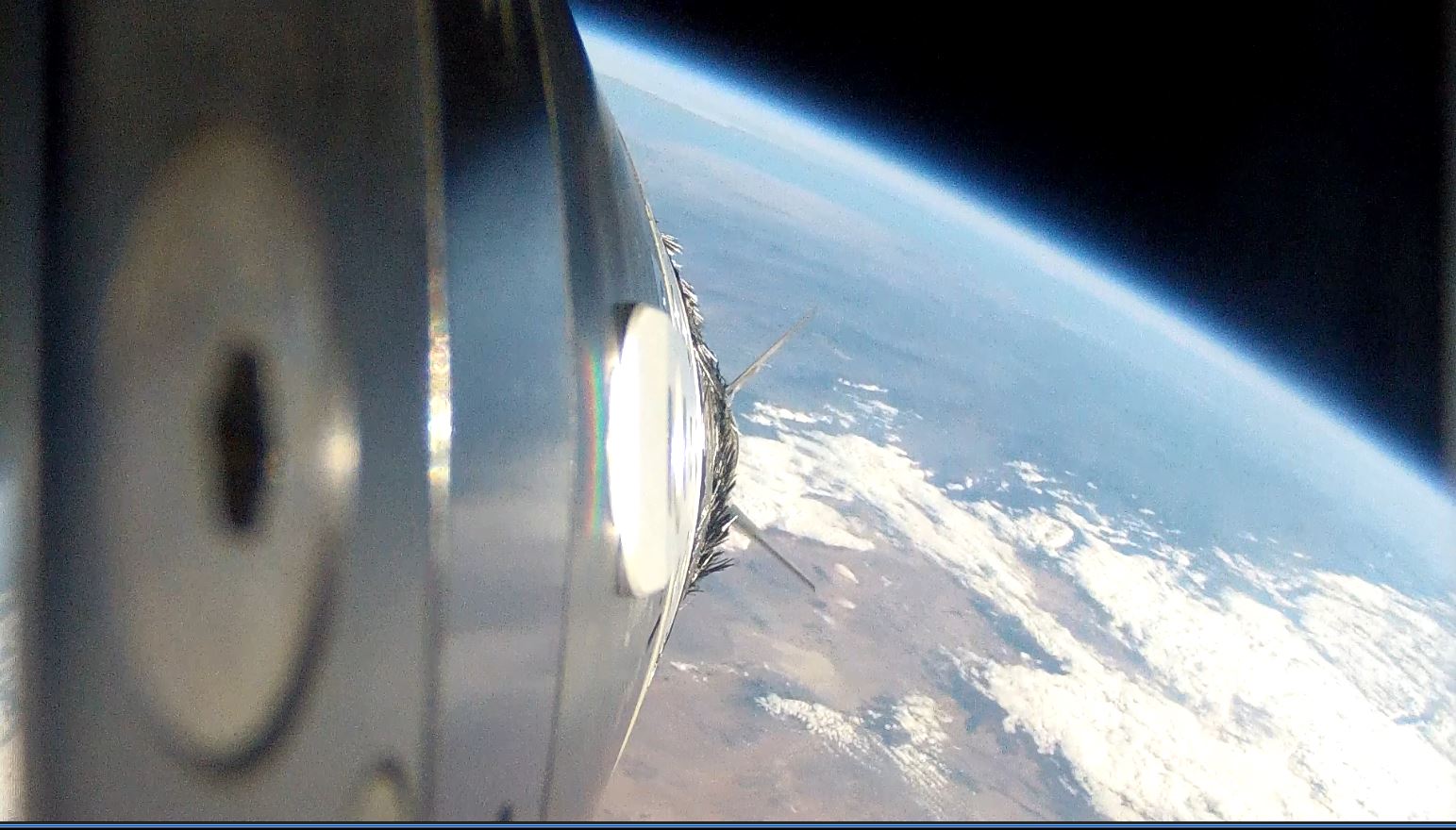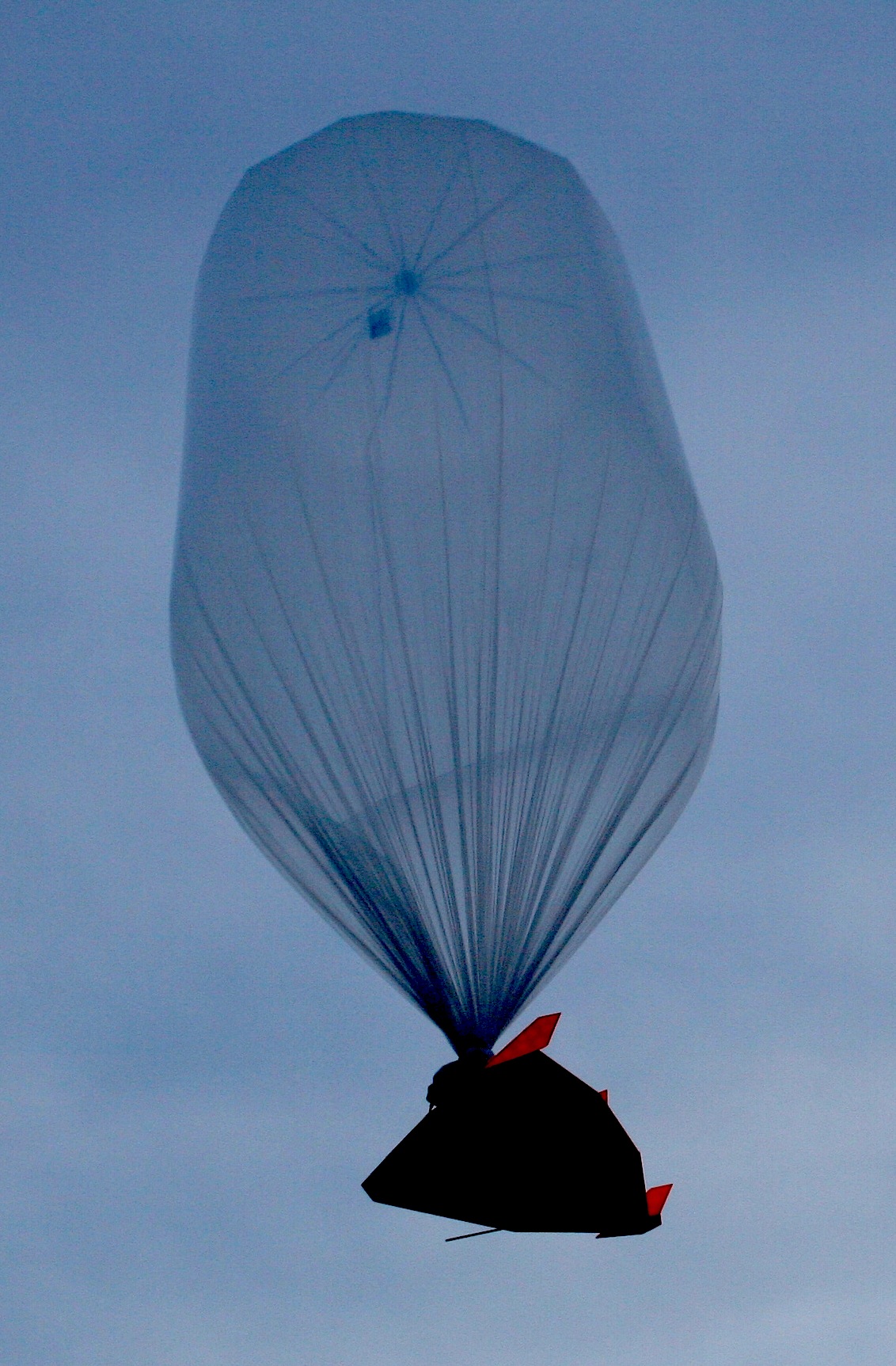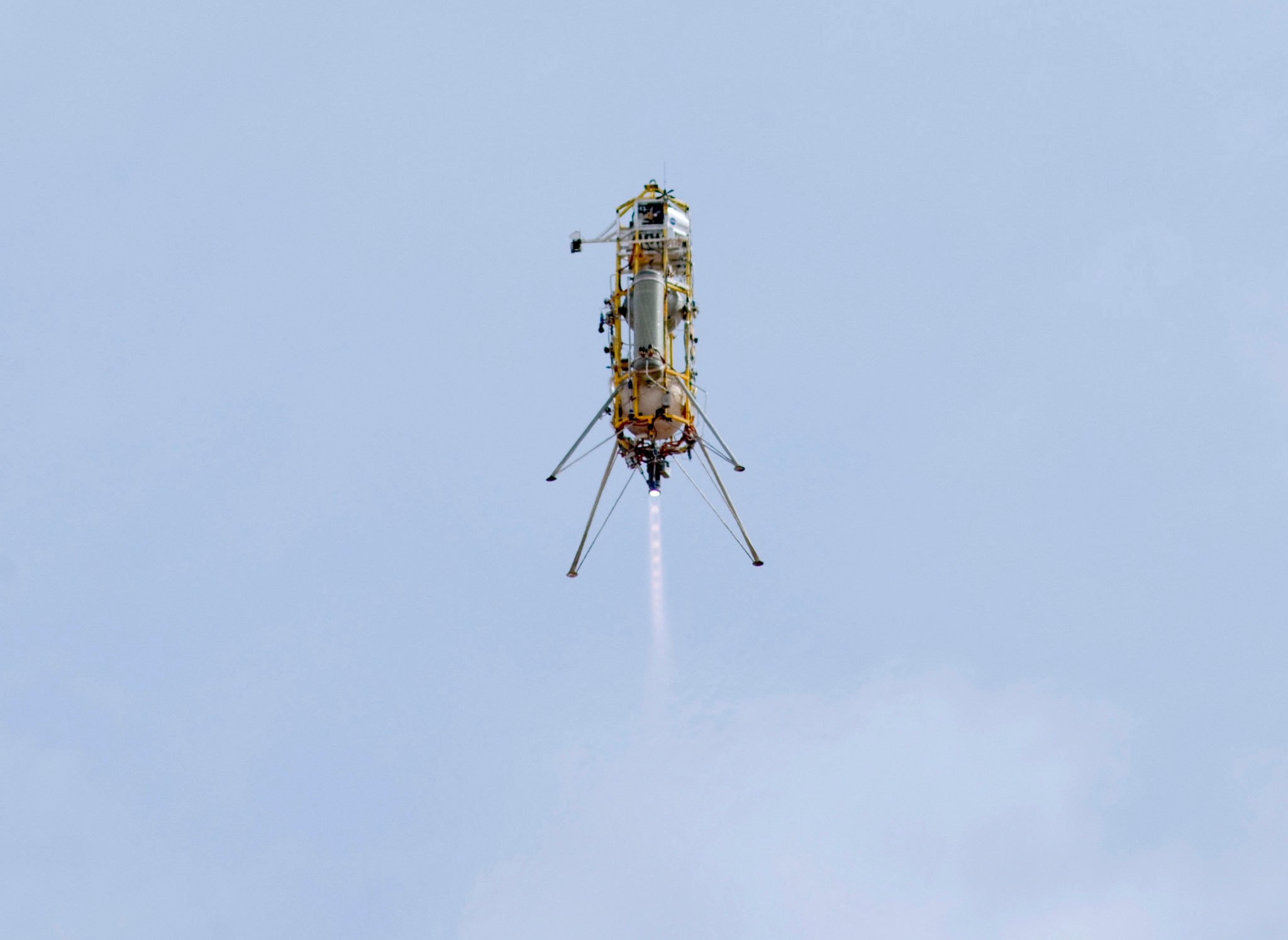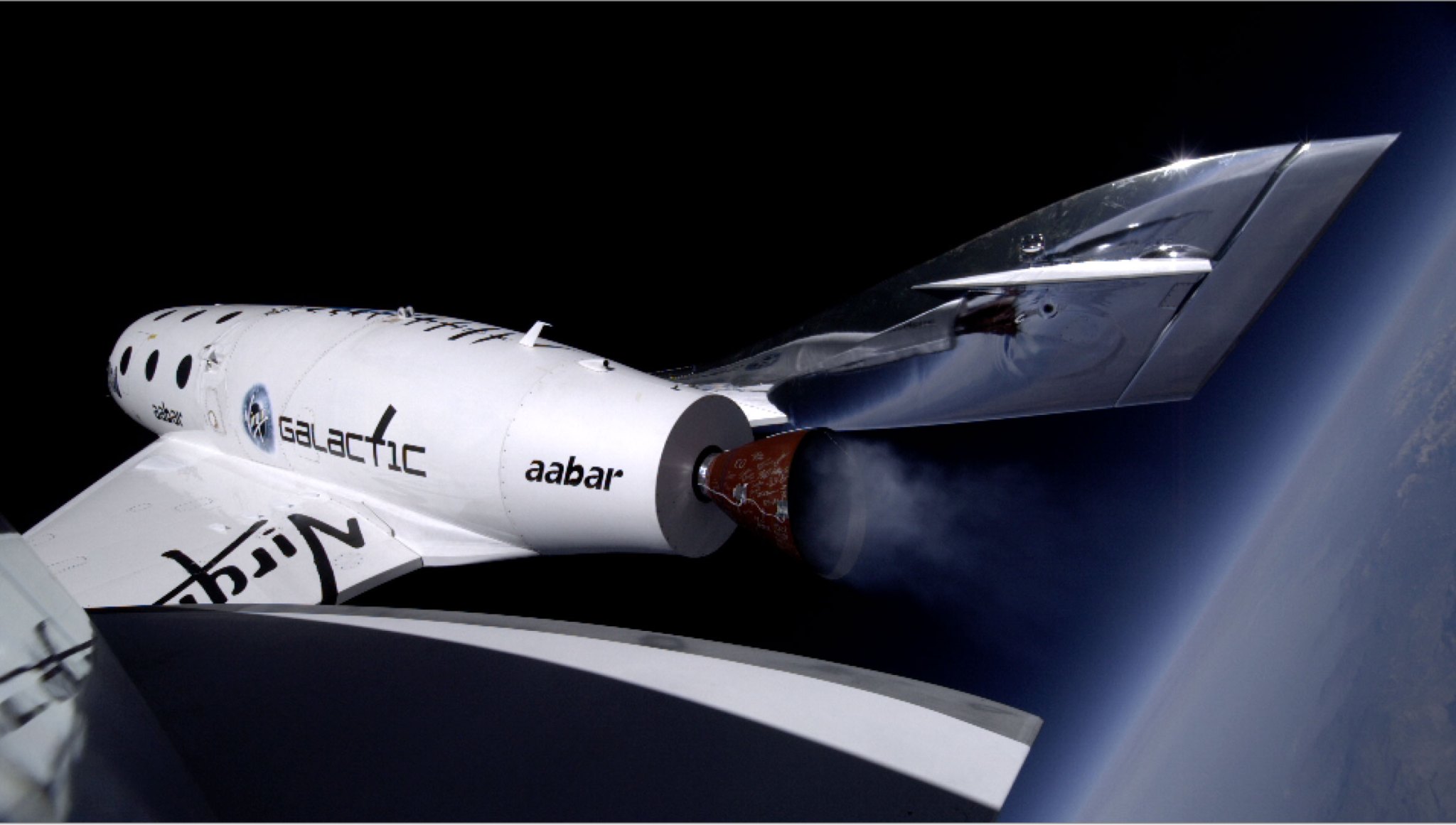NASA’s Flight Opportunities Program of the agency’s Space Technology Mission Directorate accomplished its busiest year in 2013 since its inception in late 2010, and 2014 promises to be even busier.
The program enabled flight validation of 35 technologies that were tested in space-like environments on four different flight platforms during the year. There were five parabolic flight campaigns on the Zero-G airplane, five flights of the Near Space Corporation’s high-altitude balloon, four vertical takeoff, vertical landing flights on vehicles from Masten Space Systems, and two launches on suborbital rockets provided by UP Aerospace, Inc.
The Flight Opportunities Program, managed by NASA’s Dryden Flight Research Center at Edwards, Calif., will be funding numerous flights by sub-orbital vehicles and aircraft during 2014 to flight-validate a variety of technologies that could prove useful to NASA and other agencies for future space exploration missions. At this time, 19 parabolic and 17 sub-orbital payloads have been manifested for flight. Up to 29 additional payloads could be flown, once they are ready for flight or a launch vehicle is available.
Current flight providers include UP Aerospace (sounding rockets), Near Space Corporation (high-altitude balloons, the HASS glider), Masten Space Systems (rocket-propelled vertical-launch, vertical-landing vehicles), Zero-G Corporation (modified Boeing 727 aircraft for reduced-gravity parabolic flights) and Virgin Galactic (SpaceShipTwo rocket-propelled horizontal landing sub-orbital vehicle). The Flight Opportunities Program will be issuing a new contract for flight providers this year.
Among the earliest technology flight validations on the 2014 schedule is an automated spacecraft landing system payload from Astrobotic Technology Inc. of Pittsburgh that is tentatively slated to be tested on Masten Space Systems XA-0.1B “Xombie” suborbital reusable launch vehicle in February. Astrobotic’s landing system may enable future unmanned spacecraft to land on the moon or the rocky and hazardous terrain of an asteroid.
Following completion of sub-orbital flight testing, Virgin Galactic’s SpaceShipTwo is tentatively scheduled to carry technology payloads for NASA’s Flight Opportunities Program later this year.
For more on NASA’s Flight Opportunities Program, visit: https://www.nasa.gov/directorates/spacetech/flightopportunities/index.html
Leslie Williams / Alan Brown, public affairs
NASA Dryden Flight Research Center
































